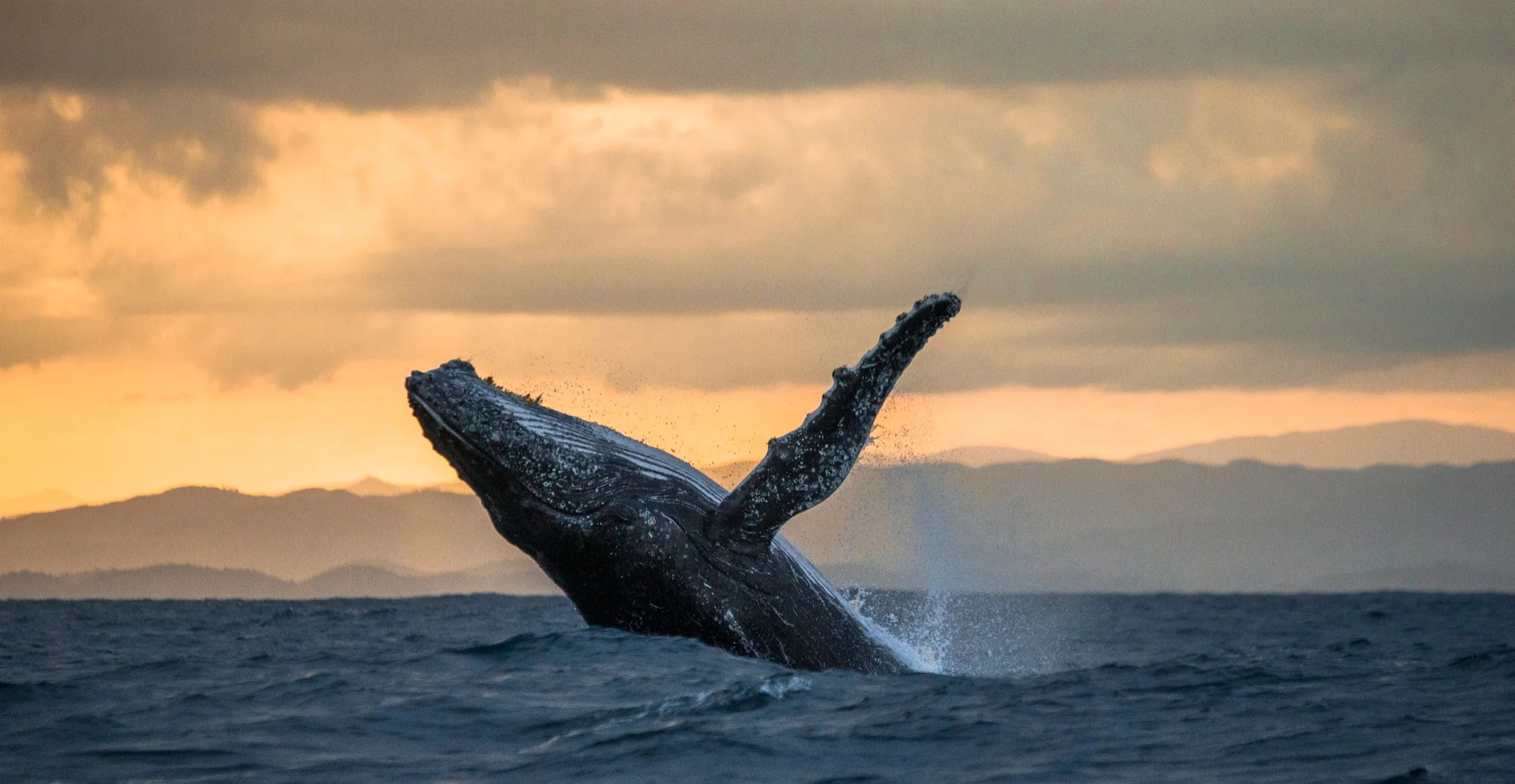The evolution of toothed whales (Odontocetes) is a remarkable tale of adaptation and specialization, with one of their most distinctive features being the ability to echolocate. This extraordinary sensory capability has long been a subject of fascination and study for scientists around the world. A recent study published in Current Biology focuses on one key element critical to echolocation: the toothed whale jaw.
DOI: 10.1016/j.cub.2023.11.056
Keywords
1. Toothed whale evolution
2. Echolocation adaptation
3. Mandible morphology
4. Cetacean morphometric analysis
5. Aquatic adaptation in whales
Unearthing the Drivers of Mandibular Evolution in Toothed Whales
The highly specialized mandible of toothed whales is a biological marvel, acting as a conduit for the high-frequency sounds that are the crux of their echolocation abilities. Ellen J. Coombs from the Department of Vertebrate Zoology at the Smithsonian Institution, along with her esteemed team of researchers, embarked on a scientific journey to explore the evolution of the mandibular form in relation to the unique adaptation of echolocation. Their groundbreaking research, which made use of high-density, three-dimensional geometric morphometric analysis, considered an array of 100 living and extinct cetacean species spanning an evolutionary history of approximately 50 million years.
The Shape of Adaptation
Their findings, as outlined in the scholarly article “Drivers of morphological evolution in the toothed whale jaw,” point to crucial periods in whale evolution where significant morphological diversity within mandibular structures was evident. These periods notably include the early to mid-Eocene adaptation of stem whales, known as archaeocetes, to an aquatic lifestyle—a transition that stands as one of the most extreme adaptations in the natural world. Another surge in diversification occurred in the mid-Oligocene when odontocetes honed their echolocation abilities in response to a variety of diets.
A Conservative Legacy in Acoustic Architecture
Despite these changes, the research team observed that the posterior part of the mandible, which forms the acoustic window to receive sound, has remained relatively unchanged since directional hearing arose in aquatic archaeocetes. This suggests that, while new adaptations were developing to enhance echolocation, some fundamental aspects of mandible structure were retained throughout evolution.
Diet and Echolocation: Hand-in-Hand Evolution
The drivers of these morphological innovations are complex. Coombs et al. identify diet, echolocation capacities, feeding methods, and dentition types as significant influencers of mandible shape. The specialized diets that developed alongside refined echolocation abilities appear to be instrumental in driving the morphological diversity observed in this study.
Asymmetry—or Rather, the Lack Thereof
One aspect of skull morphology in cetaceans that has received attention is asymmetry, believed to be associated with echolocation. However, in a drastic departure from cranial studies, Coombs and her colleagues found no significant asymmetry in the mandibles of the examined toothed whales. This finding prompts a reassessment of assumptions about symmetry in relation to echolocation and suggests that the mandible’s form may be governed by different evolutionary pressures compared to the cranium.
A Partnership for Evolution: Echolocation and Dietary Specializations
Coombs’ research underlines the entwined nature of echolocation and dietary specialization as joint drivers of mandible morphology in toothed whales. The intricate balance between these factors has contributed to the varied mandibular shapes present among different cetacean species.
Publication and Research Team Credentials
“Drivers of morphological evolution in the toothed whale jaw” is published by Elsevier Inc. Coombs and her research team, consisting of Andrew A. Knapp, Travis Park, Rebecca F. Bennion, Matthew R. McCurry, Agnese Lanzetti, Robert W. Boessenecker, and Michael R. McGowen, have notable affiliations with respected institutions such as the National Museum of Natural History, Natural History Museum in London, Monash University, University of Liege, Royal Belgian Institute of Natural Sciences, Australian Museum Research Institute, University of New South Wales, University of Birmingham, and the University of California Museum of Paleontology.
References
1. Coombs, E. J., Knapp, A. A., Park, T., Bennion, R. F., McCurry, M. R., Lanzetti, A., … & McGowen, M. R. (2023). Drivers of morphological evolution in the toothed whale jaw. Current Biology. https://doi.org/10.1016/j.cub.2023.11.056
2. Geisler, J. H., Colbert, M. W., & Carew, J. L. (2014). A new fossil species supports an early origin for toothed whale echolocation. Nature, 508(7496), 383-386.
3. Nummela, S., Thewissen, J. G., Bajpai, S., Hussain, S. T., & Kumar, K. (2007). Sound transmission in archaic and modern whales: Anatomical adaptations for underwater hearing. The Anatomical Record: Advances in Integrative Anatomy and Evolutionary Biology, 290(6), 716-733.
4. Marx, F. G., Lambert, O., & Uhen, M. D. (2016). Cetacean Paleobiology. John Wiley & Sons.
5. Azzopardi, M., & Nash, S. B. (2019). Evolution of echolocation in dolphins (Odontoceti): A phylogenetic approach. The Journal of Experimental Biology, 222(Pt Suppl 1), jeb190132.
With the publication of this article, Coombs and her team open new vistas for understanding the evolutionary processes that have shaped the anatomy and natural history of cetaceans. This research not only illuminates past adaptations but also informs the conservation and study of these magnificent creatures against a backdrop of changing oceans.
